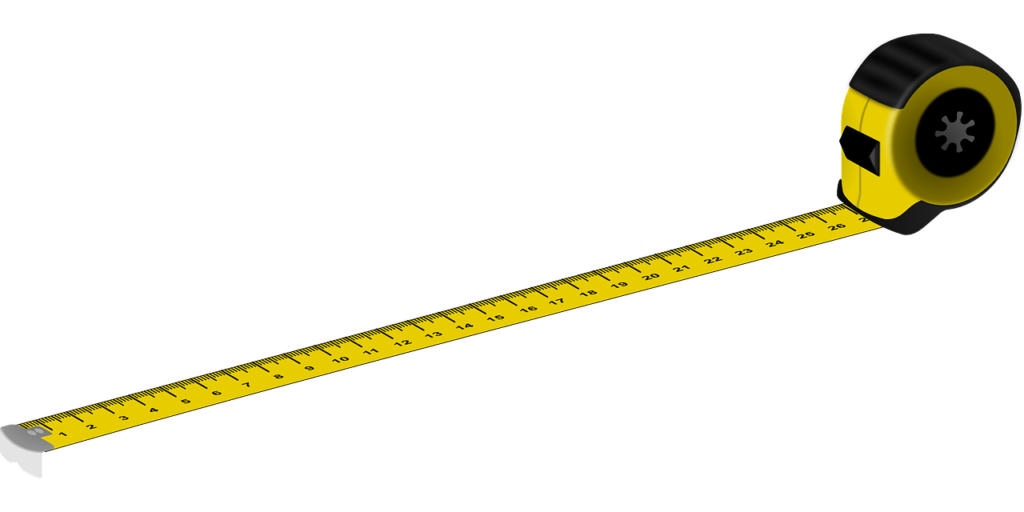
How Much Space Is required For A Workstation?
Whether working from home or office, a workstation with proper dimensions and layout is essential to remain productive and organized. Getting a workstation is not as simple as just getting a desk with the required items, as you need to make sure that the size suits the available space and the purpose you need it for.
How much space does a workstation take up? It turns out there isn’t one simple, clear-cut answer to such a seemingly straightforward question. Many different factors go into determining the result. Now let’s look at the major factors that contribute to workstation space requirements.
Size Of The Workstation
To estimate the workspace needed for a workstation, you must first determine its size. Generally, office desks are a little over 2 feet high to allow most employees to use them. While the depth of the desk is often ignored while picking a workstation, it is vital to provide enough room for the equipment your workers need.
The minimum width for any workstation is 75 square feet – any less, and it would be inconvenient for your workers. The standard width for most office desks ranges from 75 square feet to 150 square feet.
The overall dimensions of the workstation ultimately determine the space you’ll need in a room to place it. It would be best to keep a margin to fit the office chair and move without any struggle.
Workstation Placement
Typically, office workstations are placed either in the center of the room or against a wall. If you don’t place your workstation against a wall, make sure to leave at least 30 inches between the wall and the desk while allowing 48 to 60 inches on the other side of the table to place additional chairs, if required. The other option is sliding it against the wall so you can have enough space to organize other items and move around the workplace easily.
Shape of the Workstation
Office desks come in different shapes to meet certain customers’ demands. Most of them are usually square or rectangular. Similarly, some of you may prefer a wave or a corner l-shaped desk to work on (Keep in mind that l-shaped desks are measured differently than traditional desks). The latter is quite a popular option and gives your workspace a true office feel; however, it takes a little extra space.
Under-desk and Cabinets
You may need to consider if you will need an under-desk area. While upper drawers are used to store small items such as pens, stamps, notepads, paper clips, and others, under-desks and lower drawers and desk cabinets accommodate larger items like paper bundles. Though under-desks do not take much space, you need to make sure there is enough legroom available to sit and work comfortably.
Purpose of the Workstation
Are you going to use this workstation occasionally or regularly? This is another thing to keep in mind while estimating an area for a workstation. If you intend to spend a good chunk of your time regularly on a workstation, the space should be enough to accommodate all necessary equipment and allow you to do the job without any strain.
Nature of Work
The way you spend your day on the workstation plays an important role in the amount of space needed for it. In case if most of your day is spent on-site visits, consultation, meetings, or doing different assignments, a smaller workstation would be enough. On the other hand, some workers require a larger workstation to accommodate research, writing, and consultation, which ultimately takes more space in the room.
For instance, an accountant doesn’t need more than one monitor to work, while a graphic designer workstation might need two or more monitors to do the job.